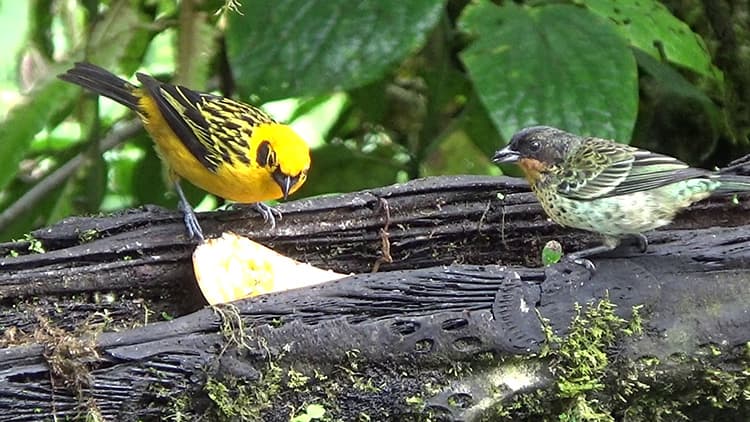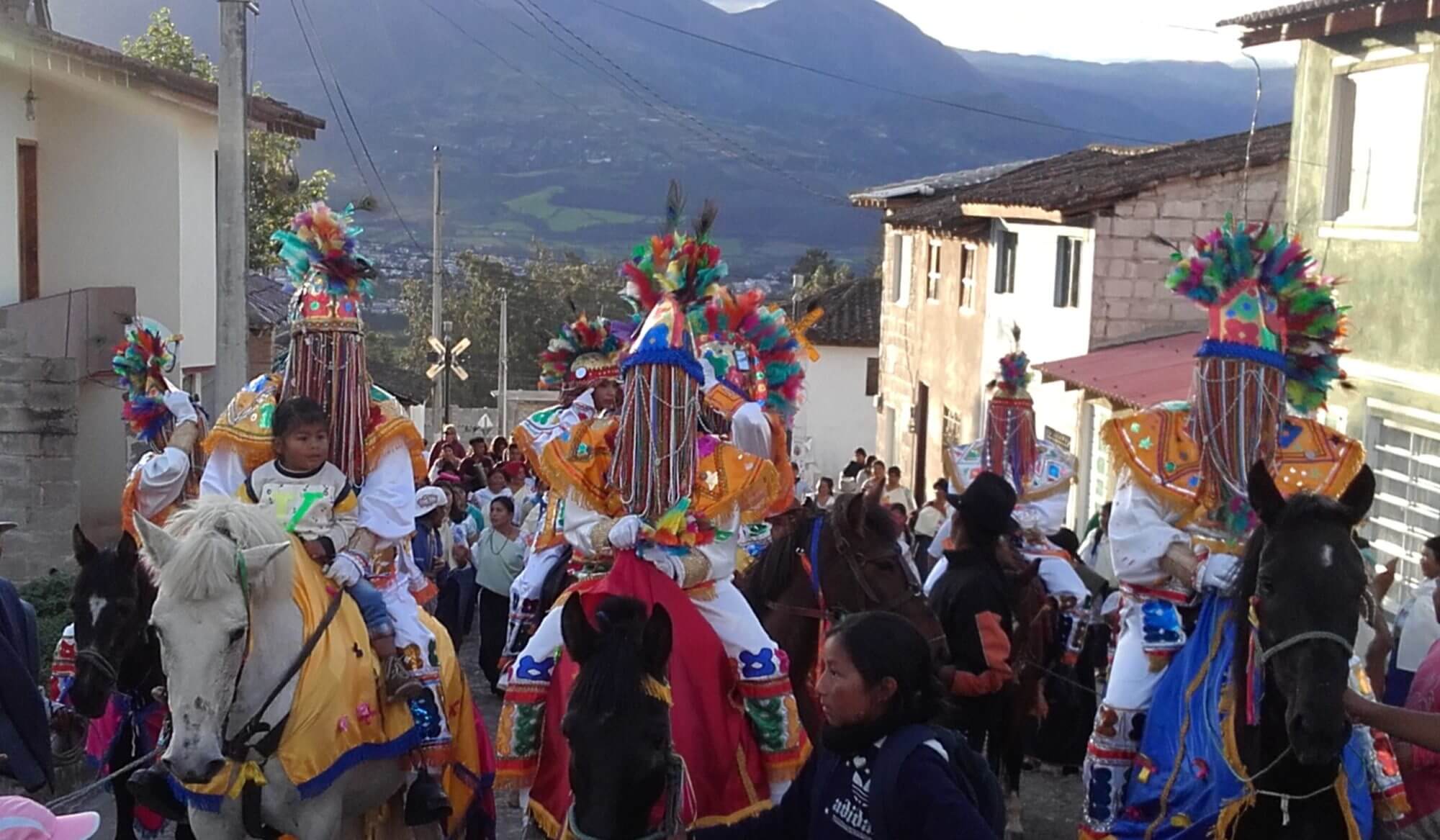
Mashpi-Amagusa is a private cloud forest reserve in recovery. It has an extension of 130 hectares of forest. Above all, it is an important protected area that contributes to the conservation of birds and their habitat
The altitude range in the reserve is from 1700 to 750 meters. That is why, the place is highly recommended, especially for birdwatchers and bird photography.
Currently, a small and attractive hummingbird garden with a few feeders has been installed. Therefore, they are well visited by some desired endemic hummingbirds, such as Purplel-bibbed Whitetip, Violet-tailed Sylph, Empress Brilliant, Velvet-purple Coronet, Brown Inca, , and White-wiskered Hermit. Above all, the hummingbird garden has a shelter where the birwatchers can observe the birds in comfort even if it is raining.
Why Mashpi-Amagusa Reserve is so special?
It has a special particularity, as it is located in the last forests of the western foothills. Therefore, these are directly connected to the subtropical forests of the lower parts.
Consequently, the reserve registers more than 165 species, many of which are endemic to the Chocó. Likewise, colorful species such as tanagers, toucans, and the striking hummingbirds are part of this place, which are not difficult to observe.

The Choco area of Ecuador is one of the most biodiverse in the world. For this reason, it is the perfect habitat for several species of frogs: rain frogs, glass frogs and tree frogs, among others.
What kind of frog species are in Mashp-Amagusa?
In Mashpi-Amagusa Reserve not only birds play a leading role. Also in this area, a team of scientists and researchers from the Indoamerican Technological University and Tropical Herping discovered a new frog species. They named it Mashpi de Torrente, its Latin name is Hyloscirtus Mashpi, which means guardian of the river. Certainly, this discovery adds to the list of 550 species of amphibians so far recorded in Ecuador. In summary, 9 species of 4 different genera have been recorded in Mashpi. Therefore, this place has the highest concentration of amphibians in Ecuador.
